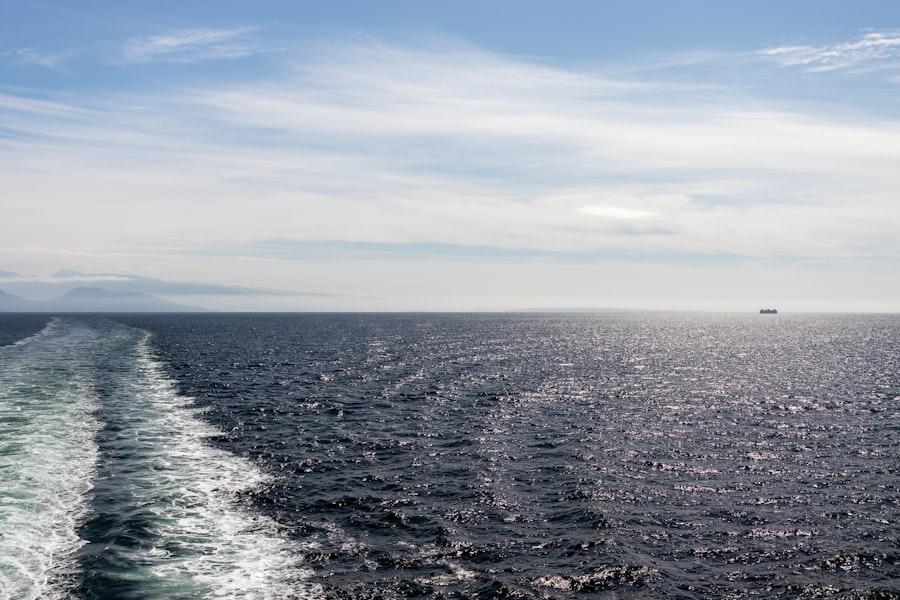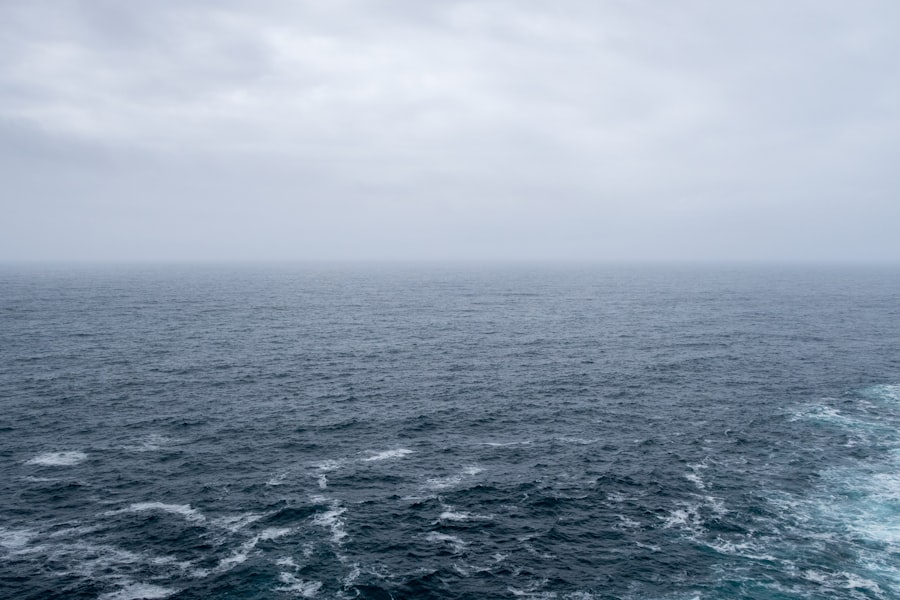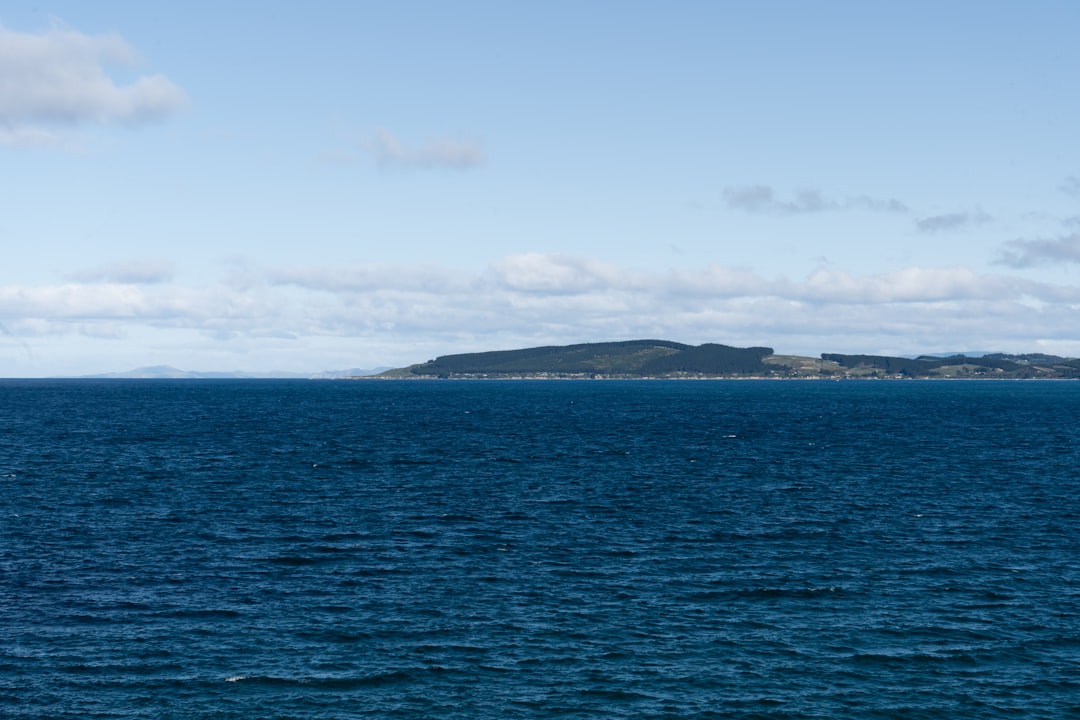The Bass Strait and the Drake Passage are two significant maritime regions that hold immense geographical, ecological, and historical importance. The Bass Strait, located between the Australian mainland and Tasmania, serves as a vital waterway for trade and transportation, while also being a unique ecological zone. On the other hand, the Drake Passage, situated between the southern tip of South America and Antarctica, is renowned for its turbulent waters and critical role in global ocean currents.
Both straits are not only crucial for navigation but also serve as habitats for diverse marine life, making them focal points for environmental studies and conservation efforts. Understanding these two straits provides insight into their unique characteristics and the challenges they face. The Bass Strait is often characterized by its relatively calm waters compared to the tumultuous conditions of the Drake Passage.
However, both regions are influenced by their geographical locations and climatic conditions, which shape their ecosystems and human interactions. As global trade continues to expand and environmental concerns grow, the significance of these waterways becomes increasingly pronounced.
Key Takeaways
- Bass Strait is a narrow sea passage separating Tasmania from the Australian mainland, while Drake Passage is the body of water between the southern tip of South America and the South Shetland Islands of Antarctica.
- Bass Strait is approximately 240 km wide at its narrowest point, and its location makes it a crucial shipping route for trade between Australia and the rest of the world.
- Drake Passage is known for its rough seas and strong winds, and it is the shortest crossing from Antarctica to any other landmass.
- The climate in Bass Strait is influenced by the meeting of warm and cold ocean currents, resulting in unpredictable weather patterns and strong winds.
- The climate in Drake Passage is characterized by strong westerly winds and high waves, making it one of the most challenging maritime routes in the world.
Geography and Location of Bass Strait
The Bass Strait is a narrow body of water that separates the Australian mainland from Tasmania, stretching approximately 240 kilometers at its widest point. This strait connects the Tasman Sea to the south with the Indian Ocean to the west, making it a crucial passage for maritime traffic. The strait is dotted with numerous islands, including King Island and Flinders Island, which contribute to its complex geography.
The waters of Bass Strait are relatively shallow compared to other oceanic regions, with depths averaging around 50 meters, which influences both marine biodiversity and navigation. The geographical features surrounding Bass Strait are equally noteworthy. The coastline of Tasmania is rugged and mountainous, while the mainland features a mix of sandy beaches and rocky cliffs.
The strait’s waters are known for their rich marine life, including various fish species, seals, and seabirds. The unique geography of Bass Strait not only supports a diverse ecosystem but also presents challenges for navigation due to its unpredictable weather patterns and strong currents.
Geography and Location of Drake Passage

In stark contrast to the Bass Strait, the Drake Passage is one of the most formidable maritime regions in the world. It lies between Cape Horn at the southern tip of South America and Antarctica, spanning approximately 800 kilometers in width. This passage is notorious for its rough seas and strong winds, making it a challenging route for vessels attempting to navigate between the Atlantic and Pacific Oceans.
The geography of the Drake Passage is characterized by deep oceanic trenches and underwater ridges, which contribute to its turbulent waters. The passage is home to some of the most extreme weather conditions on Earth, with storms capable of generating waves that reach heights of over 30 meters.
This harsh environment has shaped not only the physical landscape but also the biological communities that thrive in its waters. The unique geographical features of the Drake Passage make it a focal point for scientific research, particularly in studies related to climate change and marine ecosystems.
Climate and Weather in Bass Strait
| Climate and Weather in Bass Strait | |
|---|---|
| Average Temperature | 15°C |
| Annual Rainfall | 800 mm |
| Wind Speed | 20 km/h |
| Humidity | 70% |
The climate of Bass Strait is classified as temperate maritime, characterized by mild summers and cool winters. The region experiences a significant amount of rainfall throughout the year, with winter months typically receiving more precipitation than summer months. The prevailing westerly winds bring moist air from the Southern Ocean, contributing to the strait’s relatively mild climate compared to other regions at similar latitudes.
However, weather conditions can change rapidly, leading to sudden storms that pose risks for vessels navigating these waters. The variability in weather patterns within Bass Strait can be attributed to its geographical location and surrounding landforms. The presence of mountains on Tasmania’s coast can create localized weather phenomena, resulting in microclimates that differ significantly from one area to another.
This climatic diversity supports a rich array of flora and fauna in the region, making it an important area for ecological research and conservation efforts.
Climate and Weather in Drake Passage
The climate in the Drake Passage is markedly different from that of Bass Strait, characterized by extreme conditions that can be both unpredictable and severe. The passage experiences a polar maritime climate, with cold temperatures prevailing year-round. Storms are frequent, driven by strong westerly winds that sweep across the Southern Ocean.
These winds can create treacherous conditions for ships traversing the passage, leading to its reputation as one of the most dangerous waterways in the world. The weather in the Drake Passage is influenced by its proximity to Antarctica, where cold air masses collide with warmer air from lower latitudes. This interaction often results in violent storms and high waves that can disrupt navigation and pose significant risks to maritime activities.
Despite these challenges, the harsh climate also supports unique ecosystems that thrive in cold waters, making the Drake Passage an area of interest for scientists studying climate change and marine biodiversity.
Fauna and Flora in Bass Strait

The Bass Strait is home to a rich diversity of marine life, thanks in part to its unique geographical features and temperate climate. The waters are teeming with various fish species, including snapper, flathead, and whiting, which attract both commercial and recreational fishers. Additionally, the strait serves as a critical habitat for marine mammals such as seals and dolphins, which can often be spotted frolicking in its waters.
The flora in Bass Strait is equally diverse, with kelp forests providing essential habitat for many marine organisms. These underwater forests not only support fish populations but also play a crucial role in maintaining water quality by absorbing excess nutrients. Coastal areas around Bass Strait are characterized by a mix of sandy beaches and rocky shorelines that host various plant species adapted to saline environments.
The ecological richness of Bass Strait underscores its importance as a site for conservation efforts aimed at preserving both marine life and coastal ecosystems.
Fauna and Flora in Drake Passage
In contrast to Bass Strait’s temperate waters, the Drake Passage supports a unique array of fauna adapted to its cold and turbulent environment. The passage is known for its rich biodiversity, including various species of krill that form the foundation of the food web in this region. These small crustaceans are vital for sustaining larger marine animals such as whales, seals, and seabirds that migrate through or inhabit these waters.
The flora in the Drake Passage is primarily composed of phytoplankton, which thrives in nutrient-rich waters due to upwelling currents. These microscopic plants are essential for carbon cycling and serve as a primary food source for many marine organisms.
This unique biodiversity makes the Drake Passage an important area for scientific research focused on understanding climate change impacts on marine ecosystems.
Historical Significance of Bass Strait
The historical significance of Bass Strait dates back to early European exploration when it was first charted by navigators seeking new trade routes. In 1798, George Bass and Matthew Flinders became some of the first Europeans to navigate these waters extensively, leading to increased interest in Tasmania as a potential settlement site. The strait played a crucial role in connecting Australia with international trade routes during colonial times, facilitating commerce between Australia and other parts of the world.
Throughout history, Bass Strait has also been a site of maritime disasters due to its unpredictable weather conditions and strong currents. Shipwrecks have occurred over the years, leading to loss of life and prompting improvements in navigation technology and safety measures. Today, Bass Strait remains an important waterway for shipping traffic while serving as a reminder of its historical challenges and significance in maritime exploration.
Historical Significance of Drake Passage
The Drake Passage has long been recognized for its historical significance as a key route for explorers venturing into Antarctica. In the early 19th century, figures such as Captain James Cook navigated these treacherous waters during their expeditions to chart new territories. The passage became synonymous with adventure and discovery as explorers sought to understand the mysteries of Antarctica and its surrounding regions.
In addition to exploration, the Drake Passage has played a vital role in scientific research over the years. Its unique position between two major oceans has made it an ideal location for studying ocean currents and their impact on global climate patterns. As interest in Antarctic research has grown, so too has recognition of the Drake Passage’s importance in understanding climate change and its effects on marine ecosystems.
Importance for Trade and Navigation
Both Bass Strait and Drake Passage hold significant importance for trade and navigation due to their strategic locations connecting major bodies of water. Bass Strait serves as a crucial shipping route for vessels transporting goods between Australia and international markets. Its relatively sheltered waters allow for safer navigation compared to other more turbulent maritime routes.
The strait’s importance is underscored by its role in supporting local economies through fishing industries and tourism. Conversely, the Drake Passage serves as a vital link between the Atlantic and Pacific Oceans for larger vessels undertaking long-distance voyages. Despite its challenging conditions, it remains an essential route for shipping traffic heading toward Antarctica or returning from expeditions in those icy waters.
The passage’s significance extends beyond trade; it also facilitates scientific research expeditions aimed at studying climate change impacts on polar regions.
Environmental Conservation and Protection in Bass Strait and Drake Passage
As awareness grows regarding environmental issues facing marine ecosystems worldwide, both Bass Strait and Drake Passage have become focal points for conservation efforts aimed at protecting their unique habitats. In Bass Strait, initiatives have been established to safeguard marine biodiversity through sustainable fishing practices and habitat restoration projects. Local communities are increasingly involved in conservation efforts aimed at preserving coastal ecosystems while promoting responsible tourism.
In contrast, conservation efforts in the Drake Passage focus on protecting fragile Antarctic ecosystems from human activities such as overfishing and pollution associated with shipping traffic. International agreements like the Antarctic Treaty System play a crucial role in regulating activities within this region while promoting scientific research aimed at understanding climate change impacts on polar environments. Both straits exemplify how collaborative efforts can lead to effective conservation strategies that benefit not only local communities but also global ecosystems at large.
In conclusion, both Bass Strait and Drake Passage are vital maritime regions that offer insights into geographical diversity, ecological richness, historical significance, trade importance, and conservation challenges faced by our oceans today. Understanding these waterways enhances appreciation for their roles within our planet’s interconnected systems while highlighting ongoing efforts needed to protect them for future generations.
The Bass Strait and the Drake Passage are two significant maritime passages that present unique navigational challenges and ecological significance. The Bass Strait, located between mainland Australia and Tasmania, is known for its unpredictable weather and strong currents, while the Drake Passage, situated between the southern tip of South America and Antarctica, is infamous for its rough seas and is a critical route for Antarctic exploration. For those interested in exploring more about these fascinating maritime regions, a related article can be found on MyGeoQuest, which delves into the geographical and historical aspects of these passages. You can read more about it by visiting this link.
WATCH NOW! Drake Passage: Earth’s Deadliest Waters Revealed
FAQs
What is Bass Strait?
Bass Strait is a body of water that separates the Australian states of Victoria and Tasmania. It is approximately 240 km wide at its narrowest point and is known for its rough seas and unpredictable weather.
What is Drake Passage?
Drake Passage is the body of water between the southern tip of South America and the northern tip of the Antarctic Peninsula. It is known for its strong winds and rough seas, making it one of the most challenging maritime routes in the world.
How do Bass Strait and Drake Passage compare in terms of location?
Bass Strait is located between Australia and Tasmania, while Drake Passage is located between South America and Antarctica.
What are the main differences in terms of climate and weather between Bass Strait and Drake Passage?
Bass Strait is known for its unpredictable weather and rough seas, but it generally experiences milder conditions compared to the extreme weather and strong winds often encountered in Drake Passage.
Which body of water is more challenging for maritime navigation, Bass Strait or Drake Passage?
Drake Passage is generally considered to be more challenging for maritime navigation due to its strong winds, rough seas, and extreme weather conditions.
Are there any significant differences in terms of marine life and ecosystems between Bass Strait and Drake Passage?
Both Bass Strait and Drake Passage are known for their rich marine life, but they are home to different species due to their distinct geographical locations and oceanic conditions.
